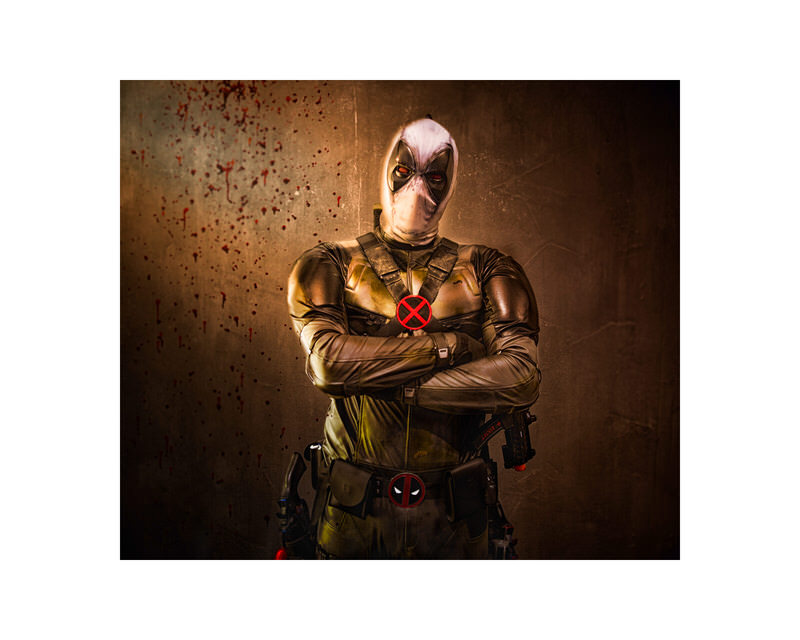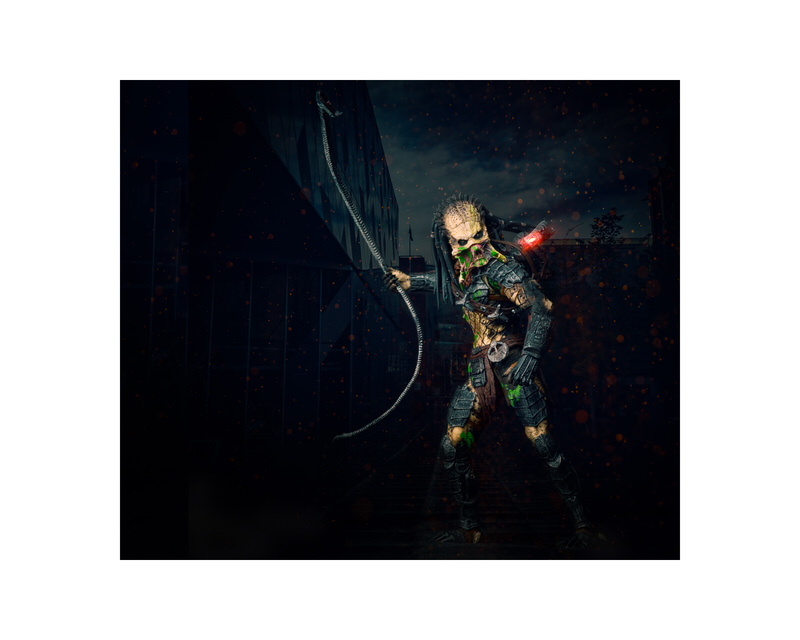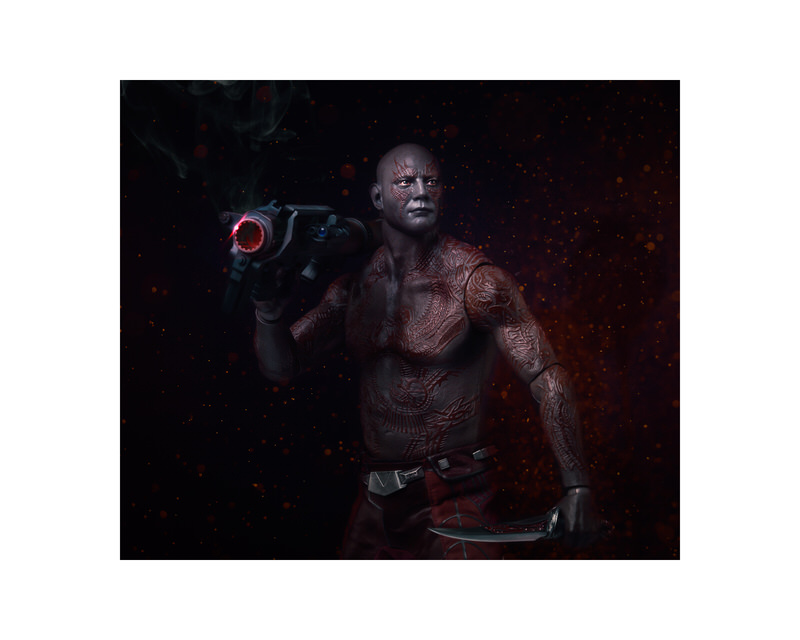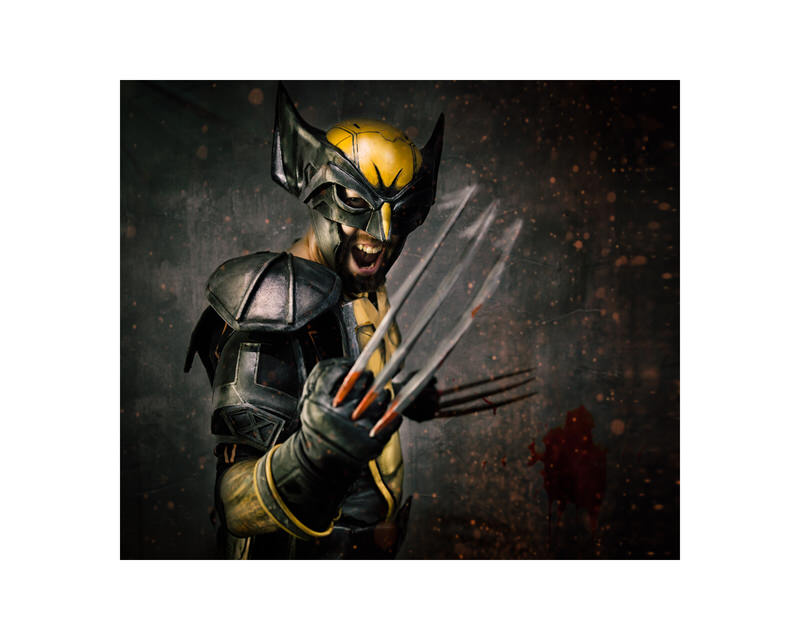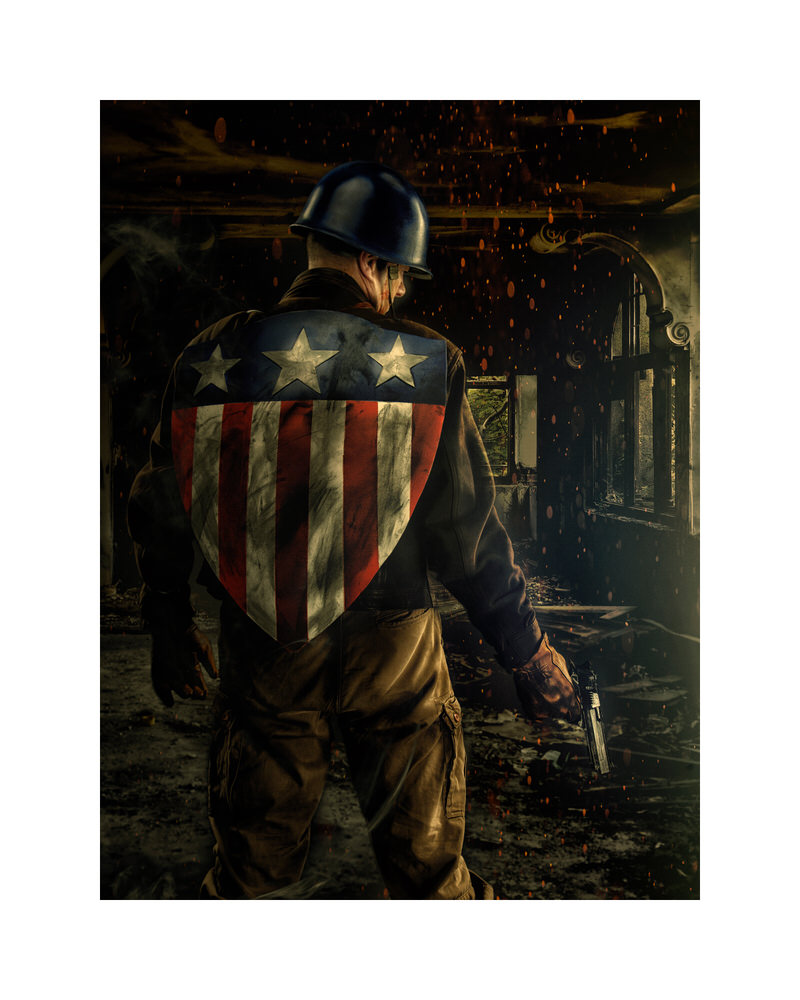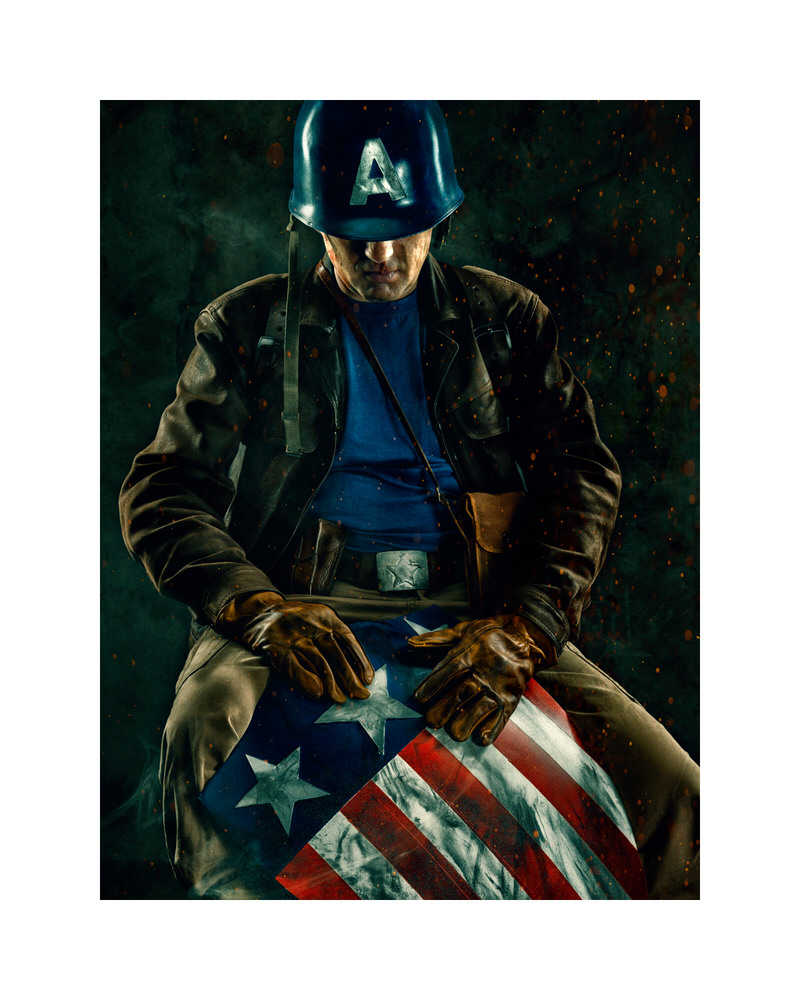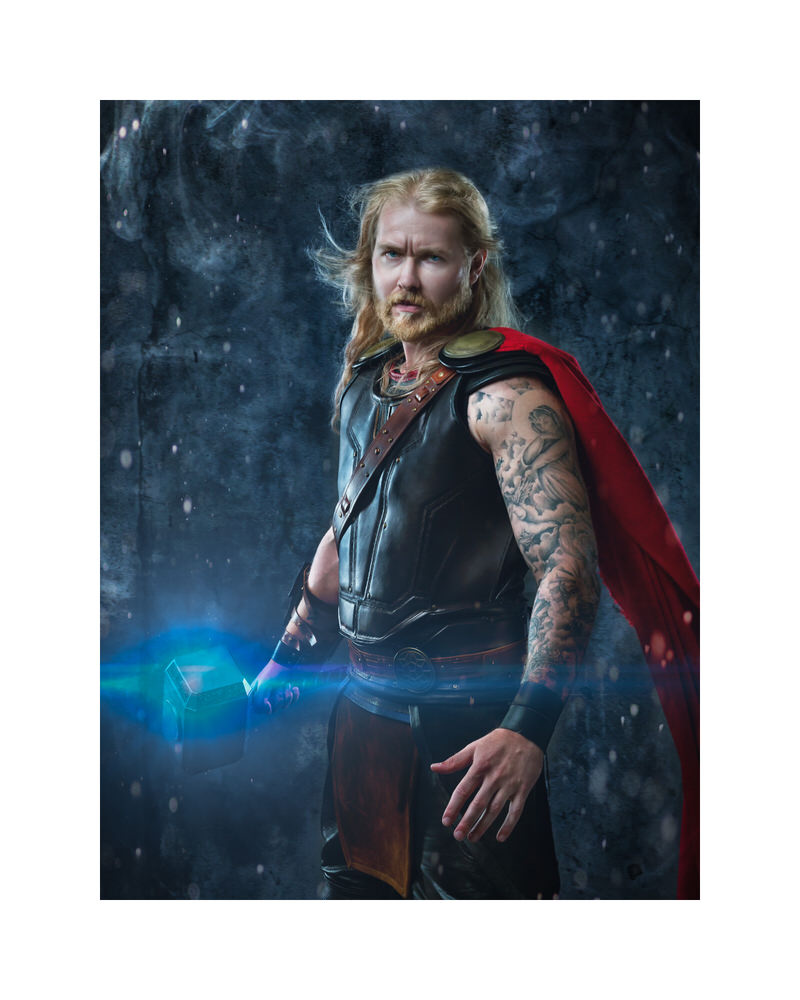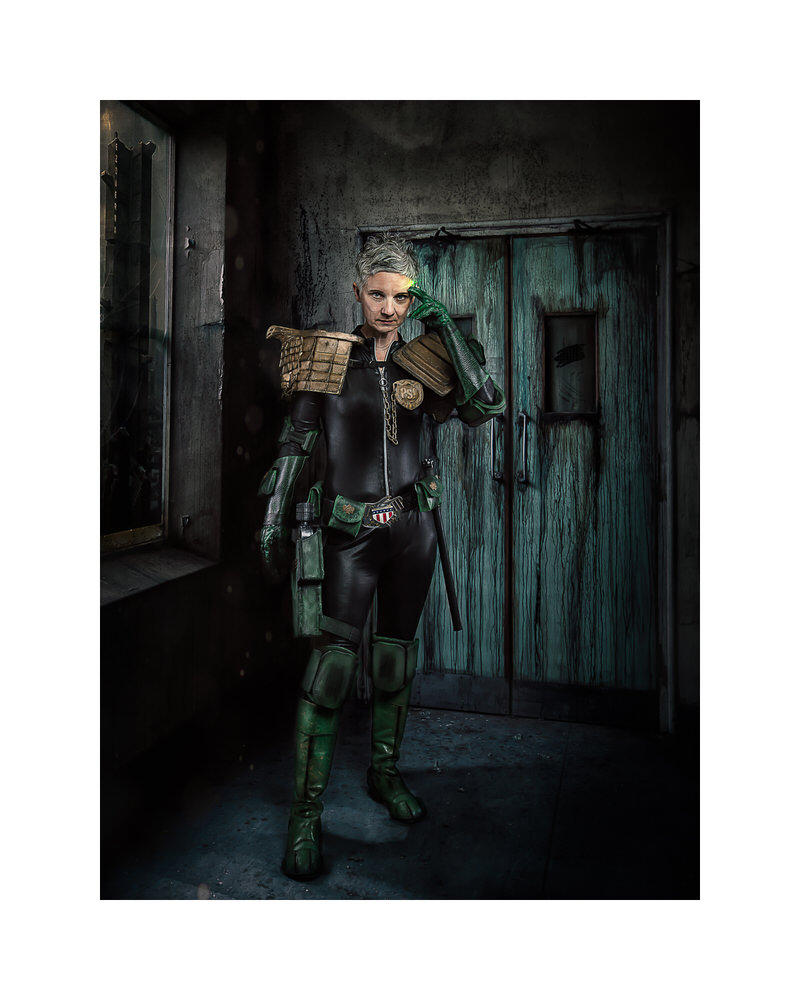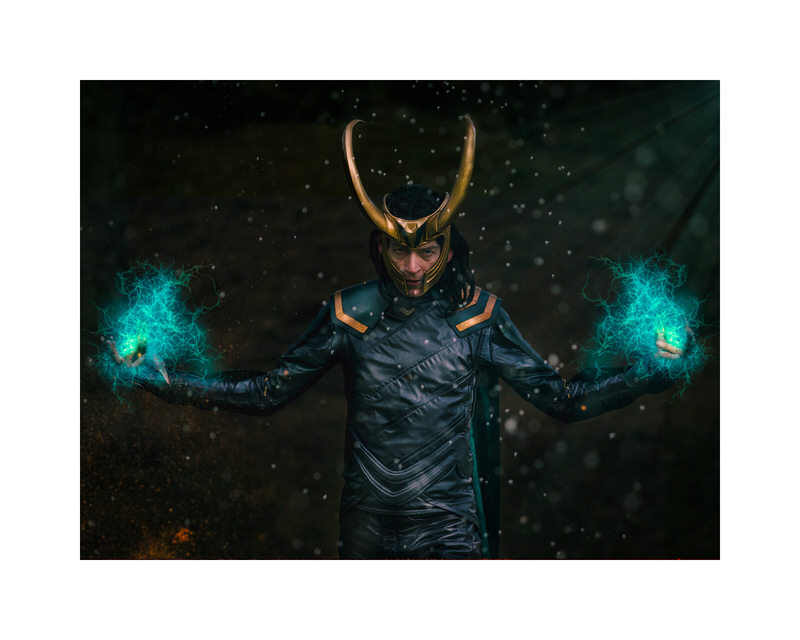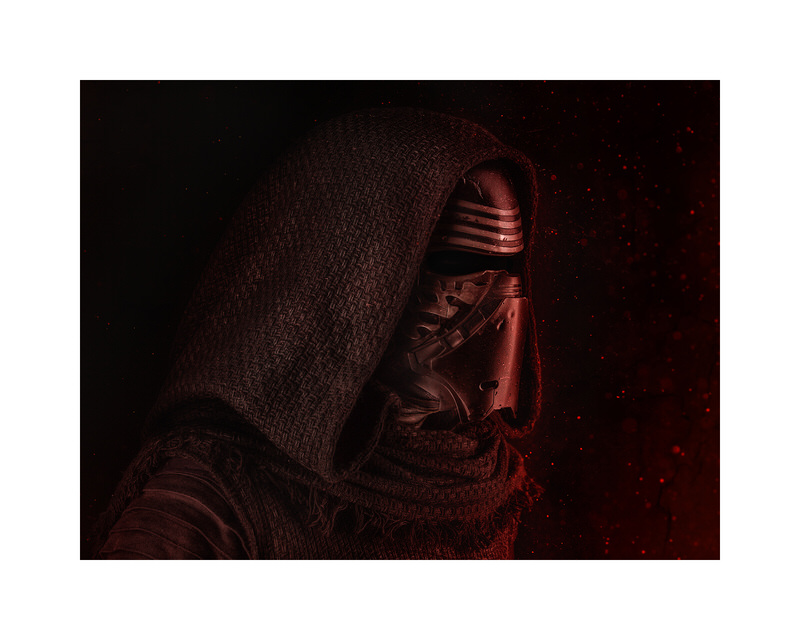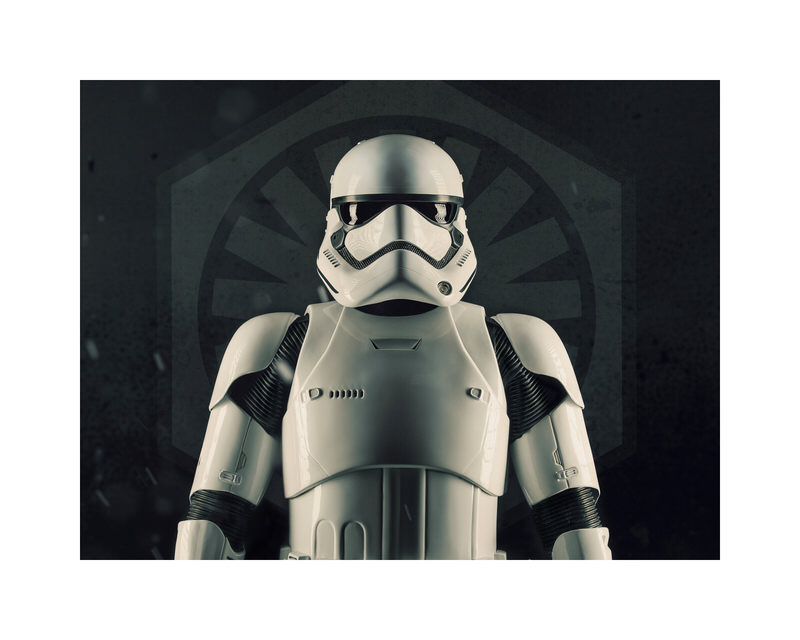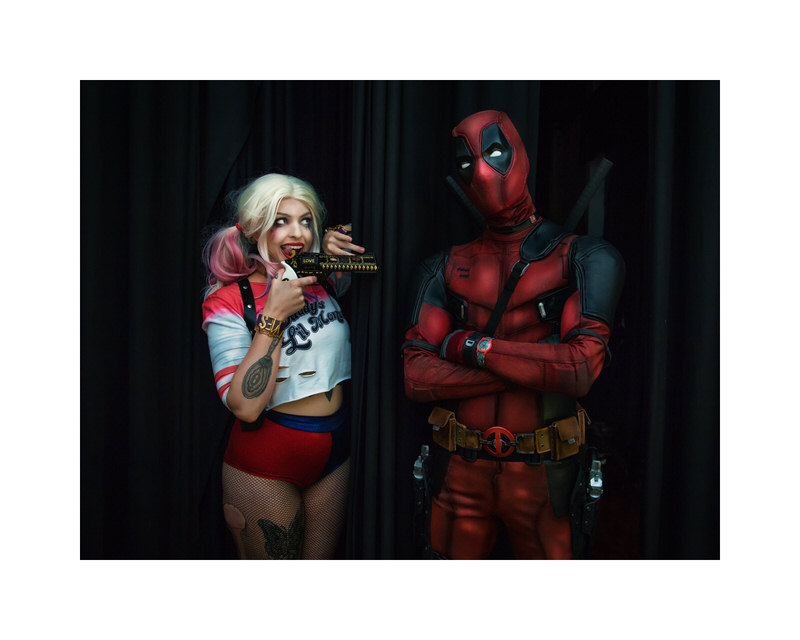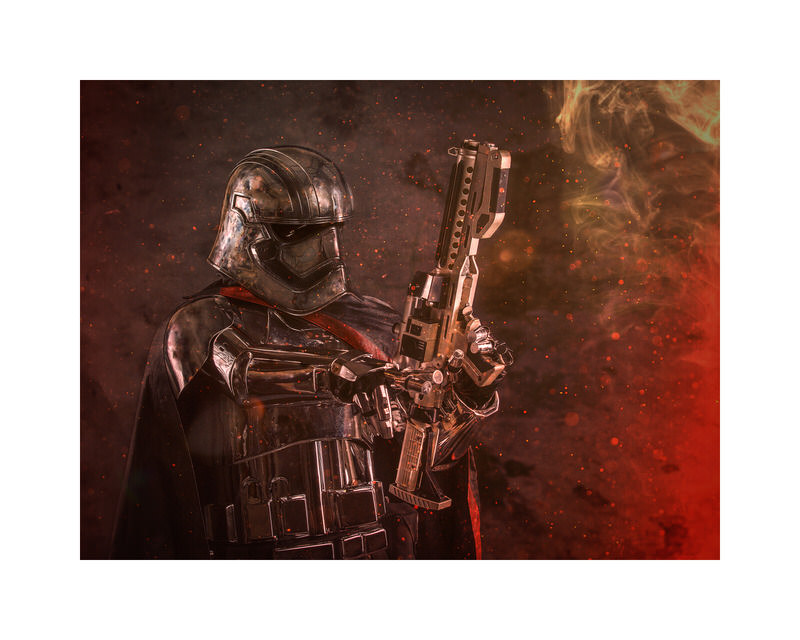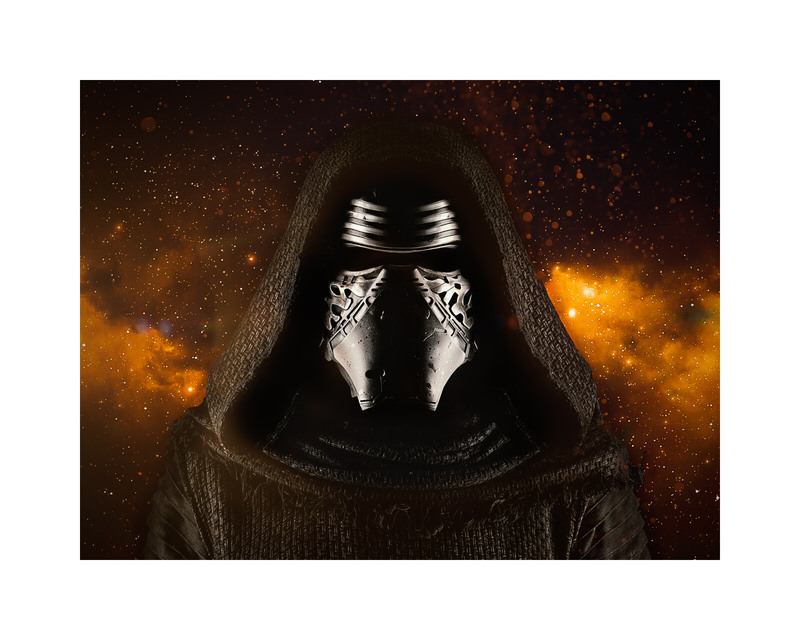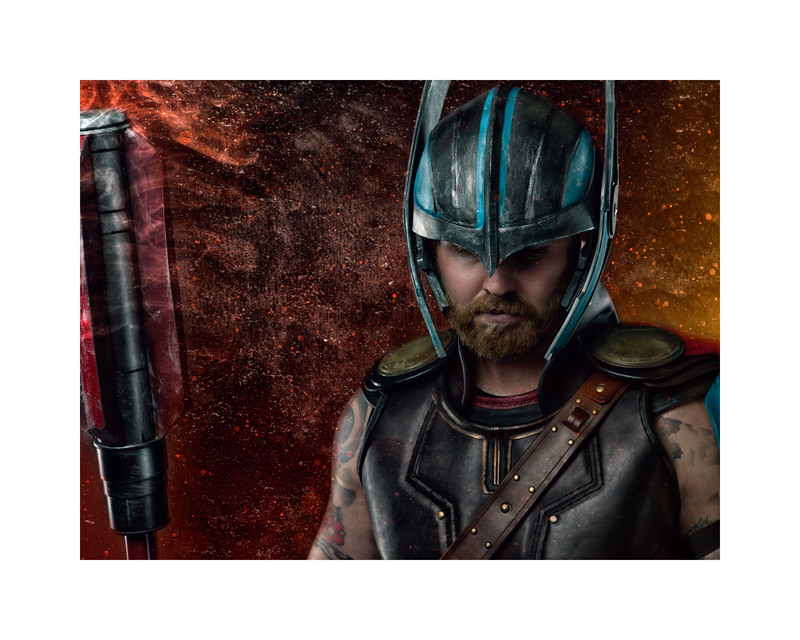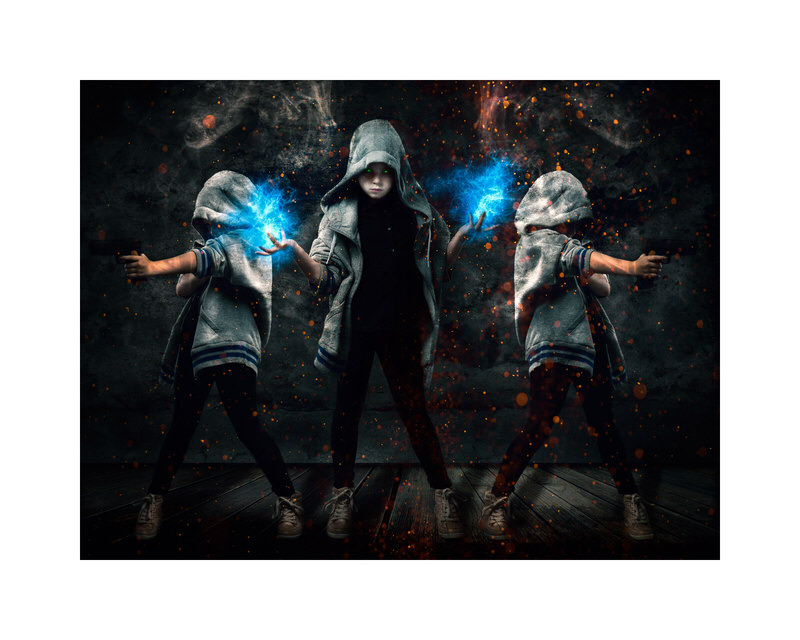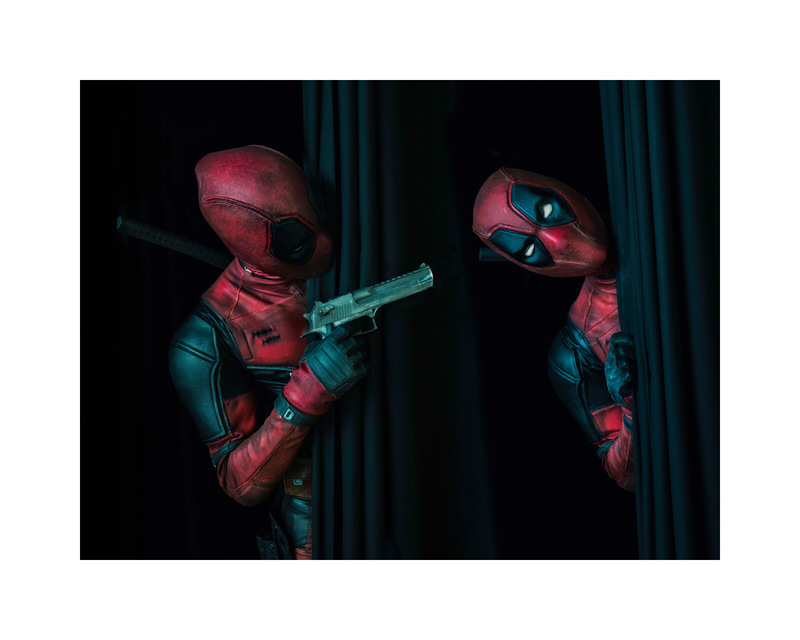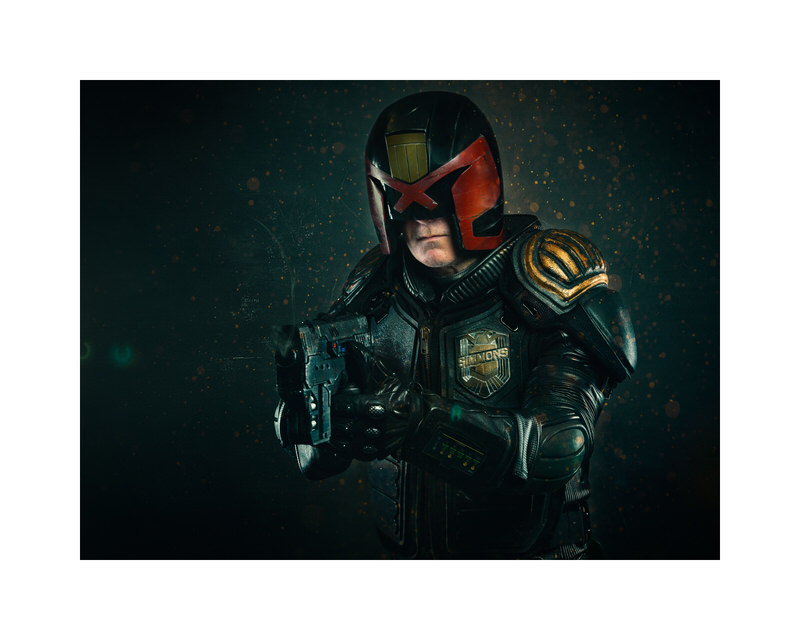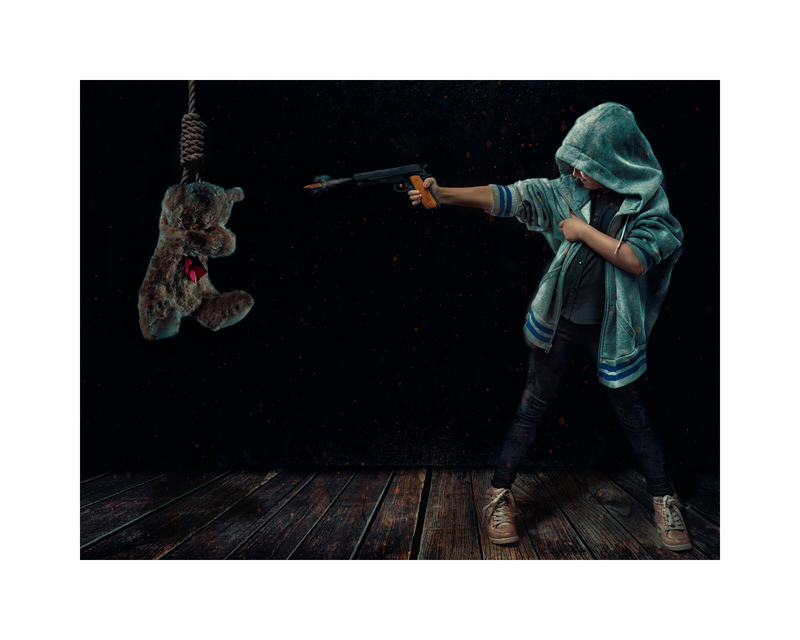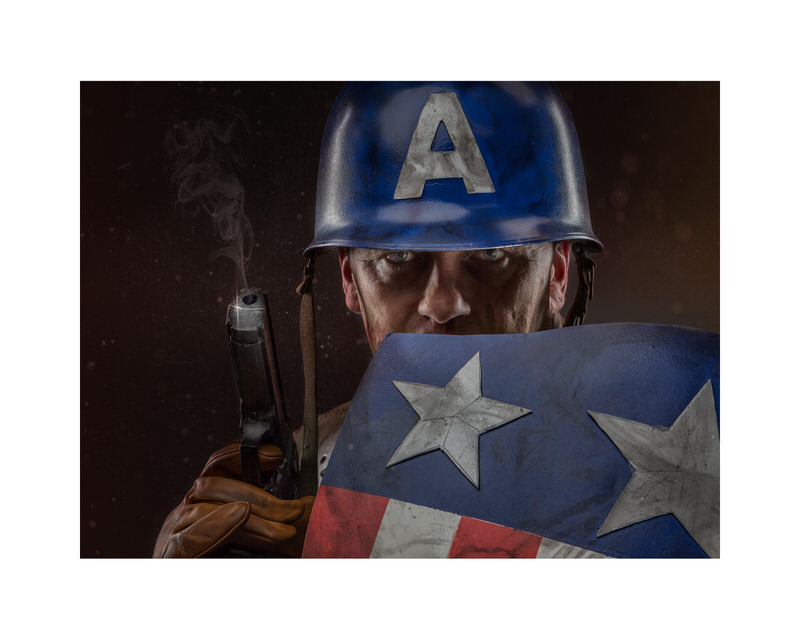Craftsman / Licentiateship
Panel- Brief
Well where do I start, my journey to this point has taken a little longer than I wanted, mostly down to finding my direction. I hope now I have finally achieved this with my panel.
I have always enjoyed photography, it was a hobby imparted on me by my late father, my first camera was a Canon Film Camera T70. Photography was something we both enjoyed from both a creative and technical aspect. I never took it too seriously, I just shot what caught my eye.
It was only after I was married that I picked up my camera again and really got back into my photography. After a few years of just messing around, my wife Michelle encouraged me to do more, so I did. Since that day Michelle has been a big driving force in my photography. We discuss all aspects together and soon tells me if she doesn’t like a direction I’m going or to reconsider certain things to improve the process. Michelle is a big part of my photography and a great sounding board for my ideas and images.
Shortly after getting more serious I felt I needed to learn more and push myself. I decided to look at formal training. After research I felt it didn’t appeal to me so I looked at joining an organisation as I felt they would help me develop my skills further.
I contacted numerous organisations, with no success, it was all very disheartening. This went on for months, I then noticed another local photographer, who I had admired for some time ( and still do ) put a logo on his page that he had joined the Guild of Photographers. I thought I should have a look, called the Guild, left a message and had a return call from Lesley Thirsk the next day and my mind was made up. I too joined the Guild.
Shortly after joining the Guild, I found out about IOM and Qualification, and I set myself a challenge that I would get a platinum in IOM and work towards a Master Craftsman. After a short time entering IOM I realised that if I was ever going to win, I needed to improve. My knowledge needed to expand. I found the Guild gave me access to some amazing tutors and very quickly I had booked on to courses. The results were noticeable as my images started to improve, giving me the confidence to submit for my qualification.
I attended numerous workshops and seminars within the Guild over the years and the knowledge I’ve gained has allowed me to expand my creativity. I’ve practiced numerous Genres and found this helped me understand my equipment even more and allowed me to understand light which has been my biggest “awakening” to having a new understanding in photography.
As a result, I now always seem to be analysing light everywhere, and yes, I can see funny looks from people when I comment on how nice that light is.
During my years with the Guild I was told I need to find a style, I knew I would need a genre that really captured my attention and would allow me to be creative but with my twist on things, but at the time I didn’t know what this would be.
So how did I find my style? Those that know me, know that I’m quite eclectic in my tastes and I will generally try and shoot anything that takes my eye. Problem is I was influenced subconsciously by other local artists who inspired me. The result was I created some amazing images, but they were not me and as such I was compared to these other artists, which is a compliment but then made me realise I still needed to look elsewhere for my muse.
Still not knowing where to look I had an option to attend a workshop hosted by Steve Thewis, this workshop was right up my alley as I’m a massive geek raised on Star Wars, DC, Marvel and Judge Dredd. Steve had arranged an amazing cosplayer to attend his workshop where we received great instruction in how best to shoot this genre.
The course was just what I needed to give me direction. It’s a genre I had always been interested in but was a little nervous about how to approach people. The knowledge I gained from Steve and the Cosplayer helped me understand the etiquette that was involved, as this is a tightknit community and I wanted to ensure I engaged with the community correctly.
I then started to contact a few local cosplayers, this was a very long process, usually taking months to organise. Cosplayers can spend a lot of money on their outfits and usually only attend charity events or Comic Conventions to showcase their art. These events can end up with you fighting with numerous photographers for the attention of the cosplayers, so I knew I needed to offer something more in order to get them to the studio.
I had to up my game with my edits, making my images “pop” so to put a lot of emphasis on the work that’s gone into their costume and showcasing the level of detail, equal if not greater, than in a movie.
I have found this genre brings so much happiness to both children and adults, when they see their favourite character brought to life, it also gives the cosplayer escapism from everyday life emulating games and movie characters.
I have lots of exciting shoots ahead and plan to have a fun twist on this to keep you all on your toes.
Moving onto some of the technical aspects of these images, I usually shoot with a high depth of field, so I ensure I have all the costume detail, my idea behind this has always been then to work further on creating depth within photoshop.
In relation to the images submitted I have used a combination of Natural Light, Studio and location with OCF (On Camera Flash) since I’m still only a beginner in this genre. I had to travel to work with some of the subjects which usually involved working within the confines of the locations I visited, whether to find a suitable background, or a moment when I had the cosplayer to myself without distraction so we could create the image we wanted.
The challenging part at this time was shooting on location with OCF, due to the events being held in large areas I found balancing the different light temperatures takes a bit of work to get the correct look and ultimately the location can have a massive impact on the final image. It’s something to be aware of when using OCF, often resulting in finding a quiet space and back drop which can be difficult but I enjoy the challenge.
Now I’ve developed my own studio lighting setup for the composite work, which has been tweaked to get the best results. This ranges from a complex four light setup to a simple one light setup which changes depending on what mood I want to bring out of the character. Crafting the light allows to either enhance the characters attributes whether to make a villain look even more menacing or give our hero / heroine that classic poster boy / girl look, by altering the amount of lights in use.
It has been great fun experimenting with different lighting techniques to create some of the portraits I have submitted today.
The Natural light, I was fortunate to have on this amazing day when capturing my outdoor series.
I had a nice shaded area which allowed me to mange any harsh light and control the portraits I wanted to create and I used a reflector to bounce some light back into the subject in order to lift the shadows and allow them to catch the light.
I have now come to the end of my written brief hoping you find it engaging and I truly hope you enjoyed my panel also.
And most importantly ..
I would like to thank the following people, who without their time, and amazing costumes this panel would not exist today. Much love and respect to you all.
- James Tuplin – Thor
- Chris Kemp – Loki
- Dean Gregory – Captain America
- Funkster Cosplay – Deadpool
- Beckahsuna – Harley Quinn
- Wolversteve – The Wolverine
- Ken Simmons – Judge Dredd
- Karen Daley – Captain Phasma
- Freya Poole – Hoodie
- Dave Platts – X-Force Deadpool
- Luke Daley – Kylo Ren
- Helen McIlhinney – PSI Judge
- Allen Stephen Crawford – For the Loan of Drax the Destroyer
LET’S START A CONVERSATION
Say Hello!
I love to chat, and would love to hear from you, if you can't see something on my site or would like to drop me a message please do so below.
